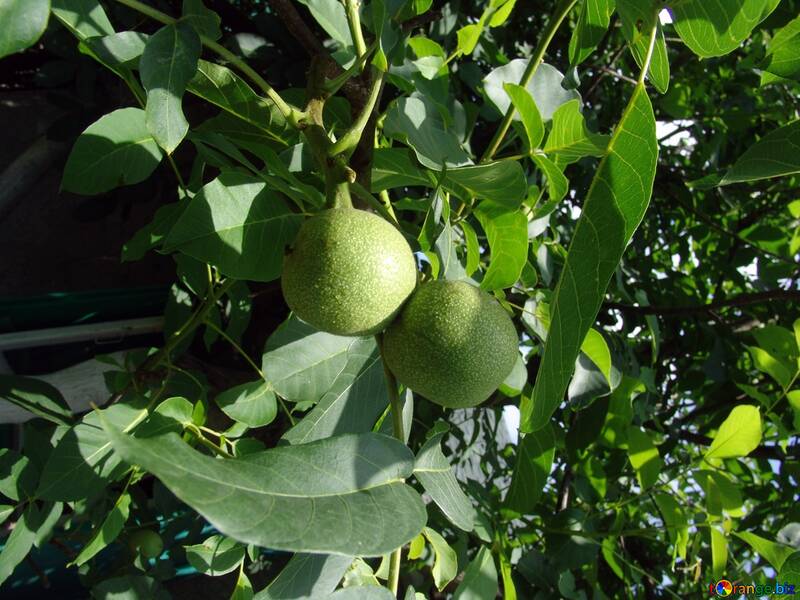Tree Trimming Company Save Citizens Precious Time
When storm season methods, many people take preventative measures for their automobiles, house, and food supply, however many people overlook the trees.
According to the Federal Emergency Management Agency (FEMA), a branch of the United States Department of Homeland Security, "three-fourths of the damage that trees incur throughout storms is avoidable and foreseeable".
Typically the response of a tree to the wind characteristics of a storm has a direct correlation with the circulation of leaves on the tree as well as private branches. Wind forces tend to be more strenuous where the foliage is the heaviest due to the fact that there is more territory to capture the gust.
Light rain and even percentages of hard rain are helpful and required. A number of hours or days of continuous rain can loosen up the soil around the tree and include weight to the branches and leaves causing a weak resistance to wind.
The pounding on the leaves and branches by hail can cause damage to aspects of the leaves, branches and the trunk.
Proper pruning can do nothing but assist the tree and its support system, while inappropriate pruning can make your trees more susceptible to the results of the storm. Constantly prune the damaged or dead limbs, branches that cross or rub up against another branch, and http://mciancio.com/degilclp7f/post-tree-trimming-is-189668.html branches that are rarely attached at the trunk.

You want to decrease the area of resistance for the wind, but you must also remember that trees need leaves and branches for photosynthesis and defense. The ANSI A300 Pruning Standards (American National Standards Institute) suggests pruning no more than 25% of the foliage in a single growing season. Because restrained in the amount you must prune, it is dangerous to be meticulous removing live branches and foliage from the whole tree including the external third of the crown.
"Lion's Tailing" is a typical error that can be devastating. By thinning an extreme quantity of lower branches, providing the tree a lion's tail shape, the tree ends up being top-heavy and more capable of falling over in heavy winds. It can likewise generate long-lasting issues such as sunburn of the trunk and decrease the tapering of the branches.
A propping system might be the solution if you observe a tree that appears ill-prepared for storm season. These man made gadgets are created to support the weight of the tree or private branches and create limits of movement for the tree. Numerous bigger trees can benefit from these techniques, however must only be considered when there is a sensible guarantee that it will decrease the risk of tree failure and all other options are inadequate.
